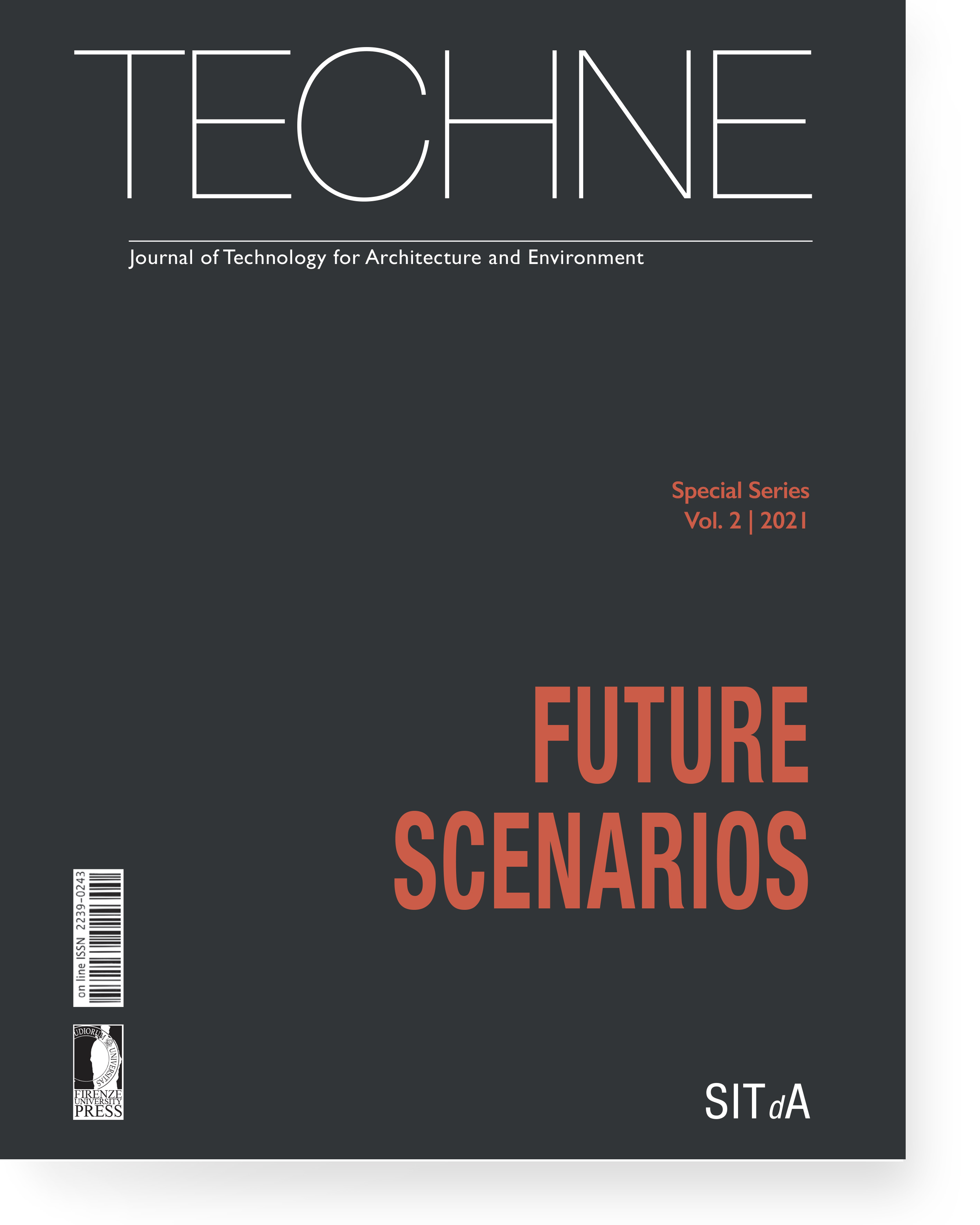Published 2021-03-22
How to Cite
Abstract
Since my entrance into the architectural area at the end of the eighties of the last century and more intensively after I was appointed professor from practice at the Faculty of Architecture at the TU Delft just after the millennium shift, I have written and edited a vast number of essays and books1, securing to have the theory as directly as possible connected to hands-on practice. Our practice ONL (Oosterhuis_Lénárd) has been since its foundation a platform for the fusion of art, architecture and technology. Hyperbody has thrived at the forefront of interactive architecture until its self-selected abolishment in 2016. The name Hyperbody is the logical extrapolation of Hypertext and Hypersurface (Perella, 1994). Hyperbodies are consistent embodied vehicles that live simultaneously in physical and digital space in real time. In a programmable Hyperbody, non-physical and physical changes can be performed by jumping from one mode of operation to another. In this essay I will look briefly back at some key components of our combined theory and praxis, and then quickly peer into what I believe is looming ahead of us.






